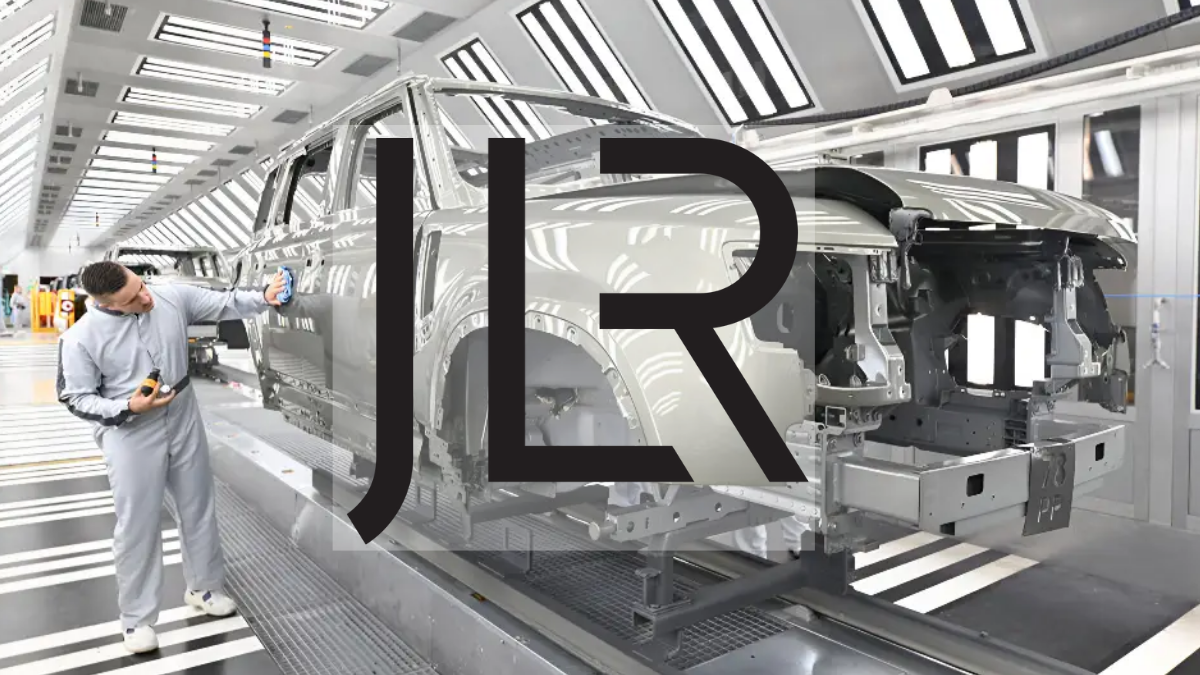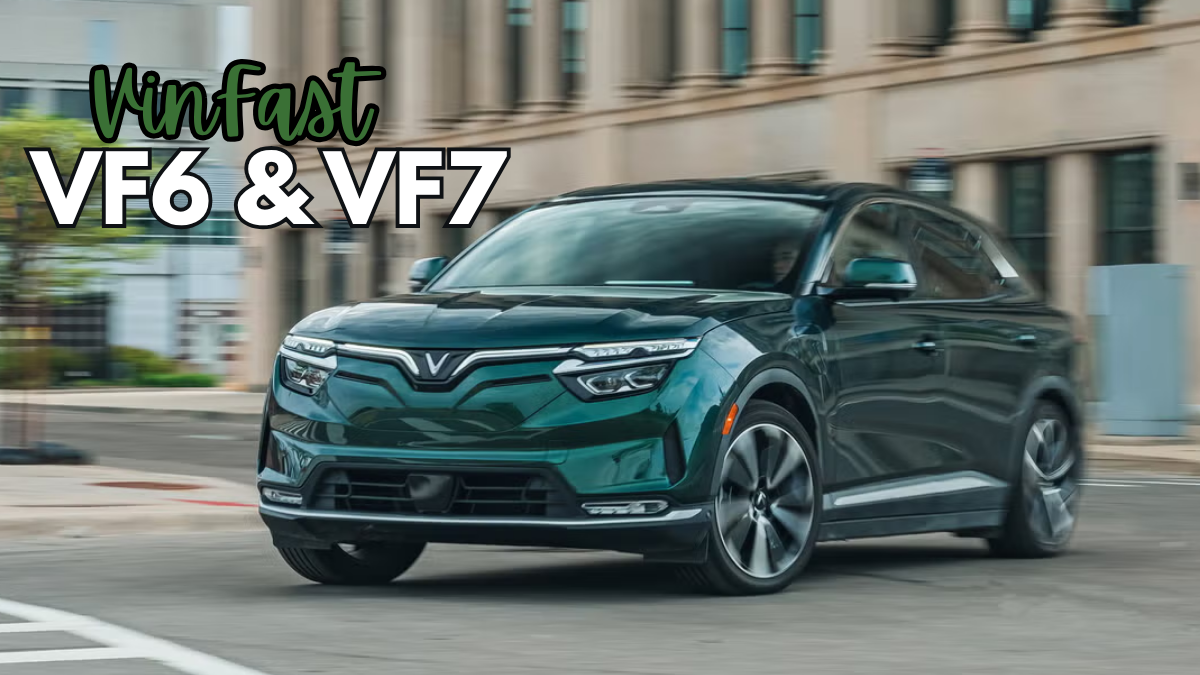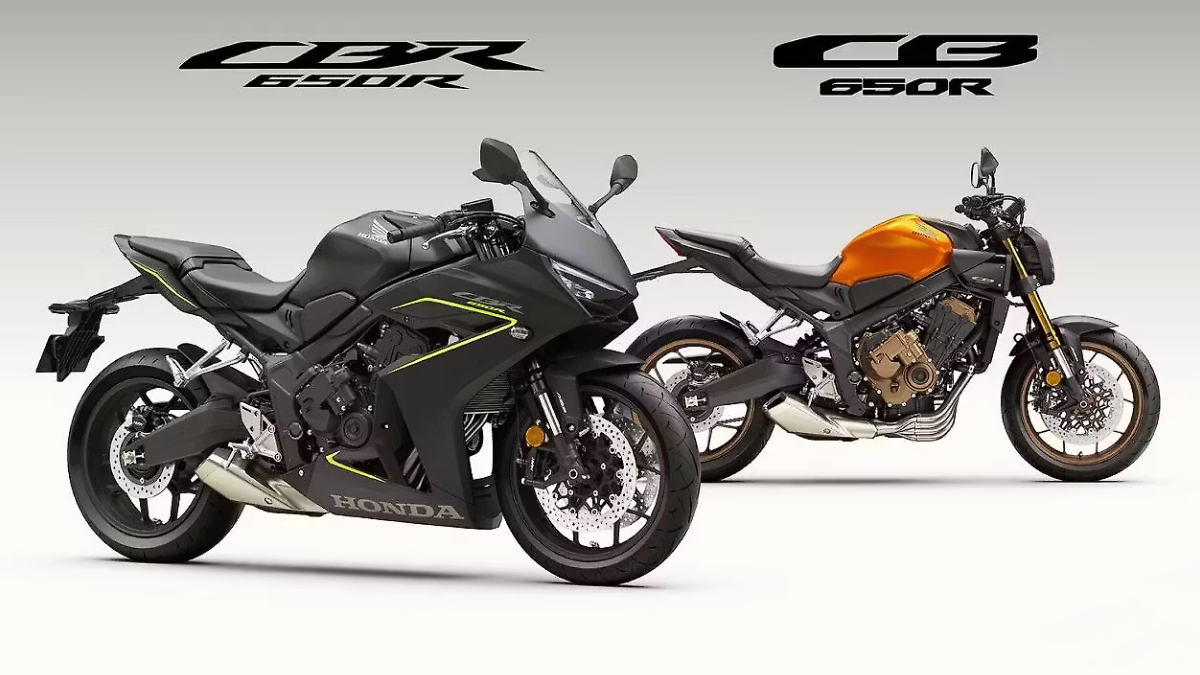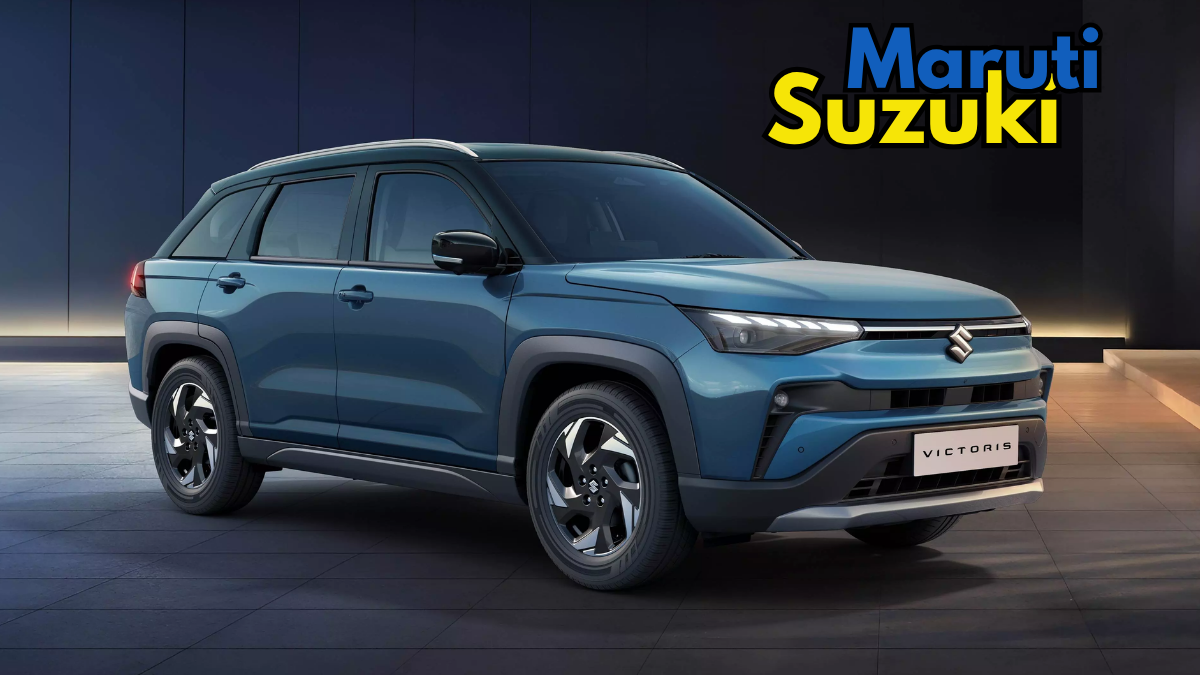From Outage To Orderly Recovery
JLR (Jaguar Land Rover), owned by the Tata Group, has begun restarting production after a month-long shutdown triggered by a cybersecurity breach. The pause, which started on September 1, rippled through the company’s global supply chain and weighed on quarterly volumes. With manufacturing now resuming from October 8 in a controlled, phased manner, JLR is prioritizing system integrity, supplier readiness, and product quality as it works back to steady-state output.
The company’s approach balances urgency with prudence. Rather than flipping every factory on at once, JLR is sequencing the restart to ensure each site’s IT systems, tooling, and logistics links are fully validated before ramping. This reduces the risk of rework, bottlenecks, and downstream quality concerns as vehicles begin flowing again to dealers and customers.
What A Phased Restart Looks Like
A carmaker’s restart is more than just switching on an assembly line. It involves reactivating a web of interdependent operations engines, batteries, body-in-white, paint, trim, final assembly, outbound logistics and the digital systems that coordinate them.
- Component and powertrain operations first: Engine and battery lines return early to rebuild the pipeline of critical modules.
- Body and paint restoration: Body pressings and painted shells need to flow reliably before vehicle lines can scale.
- Staged vehicle assembly: Vehicle plants begin with limited run rates, gradually increasing as parts availability, quality checks, and line balance stabilize.
- Logistics synchronization: Inbound parts and outbound vehicle shipping are re-timed to match the updated production cadence, minimizing yard congestion and transport idle time.
This approach accepts a short-term volume constraint in exchange for a more robust trajectory back to normal operations.
Quick Summary
Item |
Details |
|---|---|
What happened |
Cyber attack forced a production pause beginning September 1 |
Restart timing |
Phased restart from October 8 |
Why phased |
To validate systems, stabilize parts flow, and protect quality |
Supplier relief |
Fast-track payment program for direct suppliers |
Q2 FY26 wholesales |
66,165 units (ex-CJLR), down 24.2% year-on-year |
Model mix focus |
Range Rover, Range Rover Sport, Defender ≈ 76.7% of Q2 FY26 wholesales |
Employment footprint |
Tens of thousands in the UK plus a large supplier ecosystem |
Goal |
Normalize output, clear backlogs, and shore up supplier health |
Official site |
Supporting Suppliers: Fast-Track Payments To Ease Cash Strain
Supply chains absorb the shock of any major production stop. Smaller vendors often thinly capitalized can see cash flow tighten when purchase orders freeze and deliveries slip. To prevent a secondary wave of disruption just as plants restart, JLR has rolled out a fast-track payment program for direct suppliers. The goal is straightforward: stabilize liquidity for partners, maintain workforce continuity, and ensure raw-material procurement can resume at pace.
This is particularly important in the UK, where JLR’s manufacturing hubs anchor a wide vendor base. A healthy supply chain not only feeds JLR’s recovery but also supports local employment and spending in surrounding communities.
The Human And Economic Footprint
JLR’s UK operations directly employ a large workforce and support many more jobs across the supplier network. When production halts, the impact is broad affecting staff rotas, overtime, contract labor, and the many businesses that serve factory towns. A measured restart helps protect these jobs by aligning production with realistic parts flow and by providing supplier liquidity where it is most needed.
The Numbers: A Difficult Quarter, Clear Priorities
The shutdown concentrated its impact in September, pulling down second-quarter metrics:
- Wholesales (ex-CJLR): 66,165 units, down 24.2 percent year-on-year and down versus Q1 FY26.
- Model mix: Range Rover, Range Rover Sport, and Defender accounted for about 76.7 percent of Q2 FY26 wholesales, reflecting ongoing prioritization of the highest-contribution nameplates.
The mix strategy is deliberate. By focusing limited capacity on the most profitable SUVs while ramping, JLR cushions financial impact and accelerates the restoration of dealer inventories for its most in-demand models.
What Customers And Dealers Should Expect Next
Re-normalization will be progressive rather than instantaneous:
- Gradual output increases: Plants will lift daily build rates in steps as parts pipelines refill and line balance improves.
- Sequenced order fulfillment: Expect build slots to be re-sequenced, with high-demand models and previously allocated customer orders flowing first.
- Ongoing communication: Dealers are likely to receive revised ETAs as VINs are scheduled, while customers may see staggered delivery windows by variant and market.
- Quality assurance focus: Additional checks during early ramp guard against defects from under-validated processes, protecting long-term reliability and brand trust.
Why A Phased Approach Is The Right Call
A fast but fragile restart risks cascading failures—missing parts, incomplete vehicles, rework, and transport bottlenecks. A phased plan reduces those risks by synchronizing production with the true pace of supplier recovery and by confirming IT systems that underpin forecasting, traceability, and invoicing. In the near term, this can feel slow; over a quarter or two, it usually proves faster and cheaper than chasing volume before the chain is ready.
Strategic Takeaways
- Cyber resilience matters: The outage underscored how critical secure, redundant IT is to modern automotive manufacturing.
- Supplier liquidity is strategic: Early payments are not just goodwill; they are operational risk management that prevents further stoppages.
- Mix discipline protects margins: Prioritizing high-contribution models accelerates financial recovery.
- Transparent timelines help retention: Dealer and customer communication during a ramp preserves confidence and reduces cancellations.
Official Site
For corporate updates, media releases, and investor information:
https://www.jlr.com
Frequently Asked Questions (FAQs)
1) When did JLR restart production?
JLR began a phased restart on October 8, following a shutdown that started on September 1 due to a cyber attack.
2) Why not restart everything at once?
A phased return allows JLR to validate IT systems, stabilize supplier deliveries, and protect product quality before scaling to full output.
3) What support is JLR offering suppliers?
The company has introduced a fast-track payment program for direct suppliers to ease cash flow and accelerate parts availability.
4) How were volumes affected?
In Q2 FY26, wholesales (ex-CJLR) were 66,165 units, down 24.2 percent year-on-year. The decline reflects lost September production.
5) Which models are being prioritized?
Range Rover, Range Rover Sport, and Defender remain priority lines, comprising about 76.7 percent of Q2 FY26 wholesales.
6) How soon will delivery timelines normalize?
Expect a progressive improvement over the coming weeks, with exact timing varying by plant, model, and supplier readiness.
7) Does the cyber attack affect vehicle quality?
Quality safeguards are part of the phased restart. Early ramp volumes carry added checks to ensure vehicles meet specifications before shipment.
8) Are retail customers entitled to compensation for delays?
Policies vary by market and dealer agreement. Customers should contact their retailer for options such as alternative vehicles, updated ETAs, or courtesy arrangements.
Conclusion: Cautious Ramp, Firm Focus On Suppliers And Mix
JLR’s return to production marks a turning point after a difficult month. By sequencing its restart, providing liquidity to suppliers, and focusing on a profitable model mix, the company is setting the stage for a steadier recovery rather than a hurried rebound. As parts pipelines refill and build rates rise, customers should see deliveries normalize first for core SUVs, then across the broader range bringing the business back onto a more predictable footing.
For More Information Click Here








